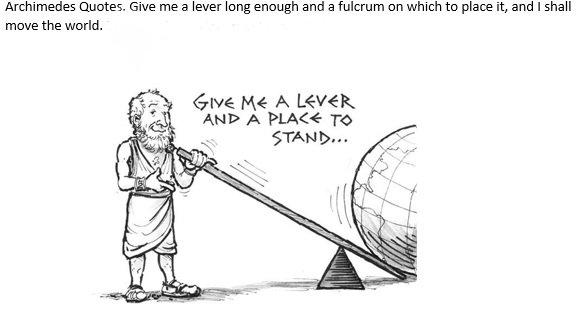Hydraulics + Beer
May 9, 1785: British Inventor Joseph Bramah Patents Beer Pump
On May 9th, 1785, the British inventor Joseph Bramah patented the beer-pump handle, also known as a beer engine. Using hydraulics, it allowed beer to be dispensed by simply pumping the handle, which connected to the keg via a flexible hose. Prior to his invention, beer had to be dispensed from a wooden tap in the end of the keg. With the invention of the beer pump, the kegs were able to be stored beneath the bar, in the cool earthen basement.
These beer pumps soon after became the most common way of serving beer.
Thanks Joe.
However, Bramah’s most important invention was the hydraulic press. Along with William George Armstrong, he can also be considered one of the two fathers of hydraulic engineering.
The hydraulic press depends on Pascal’s principle, that pressure throughout a closed system is constant. The press had two cylinders and pistons of differing cross-sectional areas. If a force was exerted on the smaller piston, this would be translated into a larger force on the larger piston. The difference in the two forces would be proportional to the difference in area of the two pistons. In effect the cylinders act in a similar way that a lever is used to increase the force exerted.
Bramah was granted a patent for his hydraulic press in 1795. Bramah’s hydraulic press turned out to have many industrial applications and still does to this day. At the time, hydraulic engineering was an almost unknown science.
His first successful invention whilst in London was an improved water closet. He obtained a patent for his design in 1778 and began making water closets at a workshop in Denmark Street, St Giles. The design was a success and production continued well into the 19th century. His original water closets are still working in Osbourne House, Queen Victoria’s home on the Isle of Wight.
In 1784 he started the Bramah Locks company at 124 Picadilly. which survives today. He received a patent for his new lock in 1784.
The locks produced by his company were famed for their resistance to lock picking and tampering, the company famously had a “Challenge Lock” which was displayed in the window of their London shop from 1790 mounted on a board containing the inscription:
The artist who can make an instrument that will pick or open this lock shall receive 200 guineas the moment it is produced.
The challenge stood for over 60 years until, at the Great Exhibition of 1851 an American locksmith by the name of Alfred Charles Hobbs was able to open the lock.
Bramah was a very prolific inventor, they included: the beer engine (1797), a planing machine (1802), a paper-making machine (1805), a machine for automatically printing bank notes with sequential serial numbers (1806), and a fountain pen (1809). He also patented the first extrusion process for making lead pipes and also machinery for making gun stocks (Patent No. 2652).
His greatest contribution to engineering was his insistence on quality control. He realized that for engines to succeed, they would have to be machined to a much better standard than was the practice. He taught Arthur Woolf to machine engines to a close tolerance. This enabled Cornish engines to run with high-pressure steam, vastly increasing their output. Woolf became the leading Cornish steam engineer and his designs were adopted by all the engine designers of the day. The 15-HP engines of Watt and others of circa 1800 gave way to 450-HP engines by 1835. Bramah can be viewed as a founding father in industrial quality control.
One of Bramah’s last inventions was a hydrostatic press capable of uprooting trees. This was put to work at Holt Forest in Hampshire. While superintending this work Bramah caught a cold, which developed into pneumonia. He died at Holt Forest on 9 December 1814.
In 2006 a pub in Barnsley town centre was opened named the Joseph Bramah in his memory.
Bramah was a prolific inventor, and obtained 18 patents for his designs between 1778 and 1812. Some of his inventions include:
1778 – Flushing toilet (Pat. No. 1177)
1785 – Beer pump – Beer engines and brewing (Pat. No. 2196)
1785 – Hydrostatical machine and boiler, propelling vessels, carriages, etc. (Pat. No. 1478)
1787 – Bramah Lock (Pat. No. 1478)
1790 – Rotary engines (with Thomas Dickinson) (Pat. No. 1720)
1793 – Fire engines (Pat. No. 1948)
1795 – Hydraulic press (Pat. No. 2045)
1796 – First Pumper Fire Truck
1798 – Locks (Pat. No. 2232)
1802 – A planing machine for making gun stocks (Pat. No. 2652)
1805 – Improvements to paper manufacture and printing (Pat. No. 2840)
1806 – Printing and numbering of banknotes (Pat. No. 2957)
Improvements to paper manufacture and printing (Pat. No. 2977)
1809 – Pens (Pat. No. 3260) – Carriages (Pat. No. 3270) – Carriages (Pat. No. 3616)
1812 – Public water mains and high-pressure hydraulic mains (Pat. No. 3611)
Pascal’s Principle










